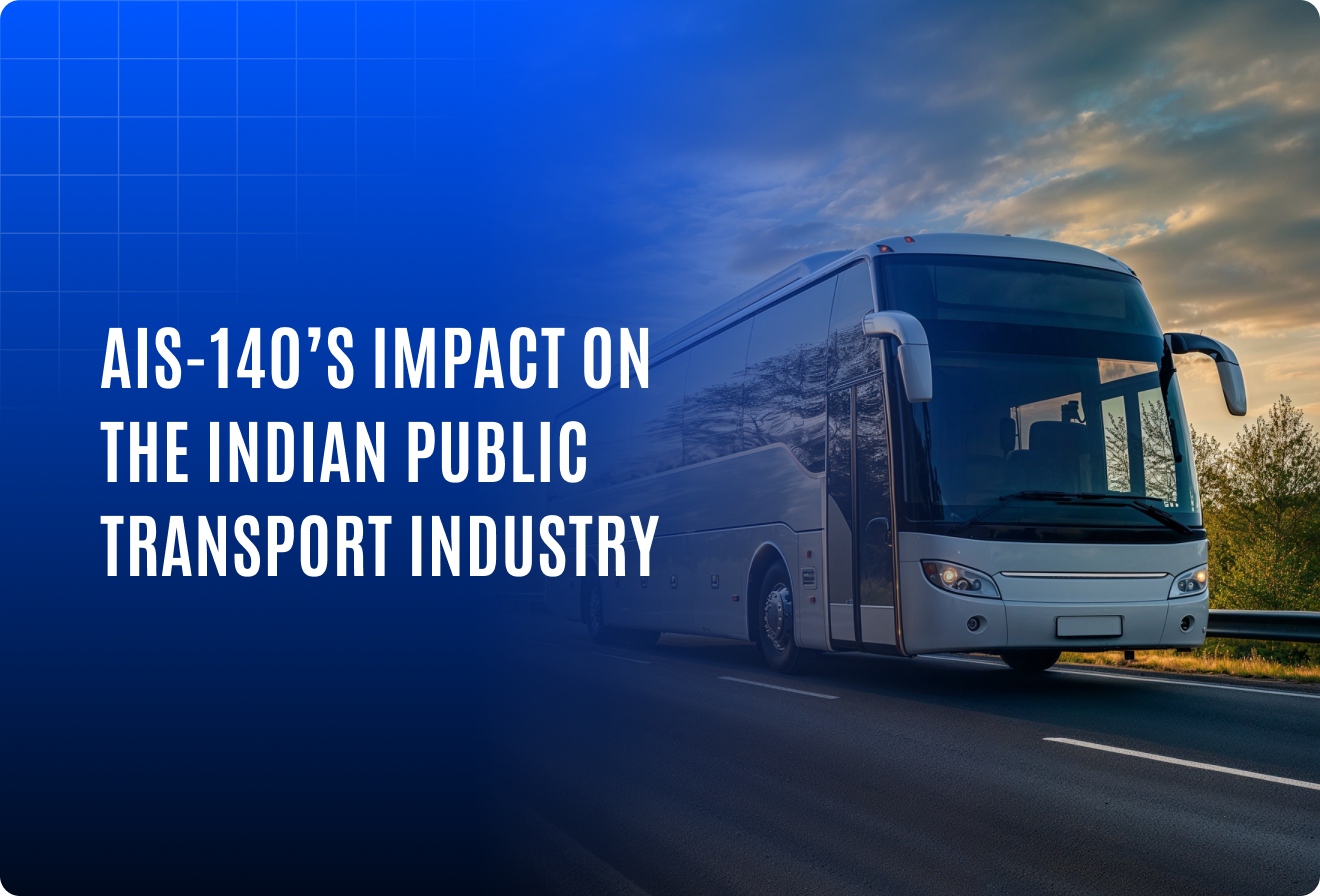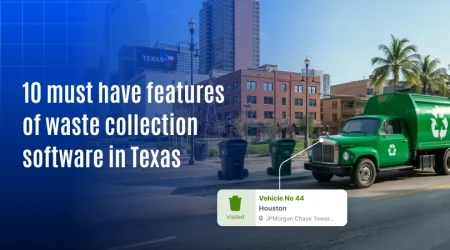AIS-140’s impact on the Indian public transport industry

The introduction of the Automotive Industry Standard 140 (AIS-140) by the Ministry of Road Transport and Highways marked a pivotal shift in public transport regulation across India. Created to improve passenger safety and operational visibility, this mandate requires public service vehicles to be equipped with Intelligent Transportation Systems (ITS)—including GPS tracking, emergency response tools, and live data transmission.
Since its rollout, AIS-140 has driven large-scale changes across both private and state-run fleets. Thousands of vehicles, including city buses, school vans, and government transport, are now connected to central monitoring systems. These integrations have improved route tracking, reduced emergency response times, and enabled better compliance oversight.
As of 2024, several states, including Maharashtra, Gujarat, Tamil Nadu, and Rajasthan, have initiated full-scale AIS-140 enforcement across public fleets. Many regional transport offices (RTOs) now require compliance proof for new public service vehicle registrations.
For system integrators, AIS-140 opens up new opportunities to support digitized fleet monitoring, supply government-approved devices, and build solutions tailored to state transport needs. This blog outlines what AIS-140 compliance includes and why it’s a significant step for India’s transport ecosystem.
What does AIS-140 compliance include?
AIS-140 mandates a set of hardware and software standards that all public service vehicles must follow. Here are the key requirements:
- GPS tracking device with live location updates
Every vehicle must have a GPS device capable of sending real-time location data to central servers for tracking and route monitoring. - Emergency SOS buttons
Panic buttons must be installed within reach of both driver and passengers. In case of an emergency, pressing the button sends an alert to the state control room. - Dual data transmission
Devices are required to send tracking data to two IP addresses—one designated by the government (transport authority) and another to the emergency response team. - Minimum 4-hour battery backup
The tracking system must stay active even when the vehicle’s main power supply fails. - Tamper-proof casing
All devices must be secure and protected against tampering to maintain integrity and prevent data loss or manipulation. - Live communication protocols
Devices must support GPRS/3G/4G connectivity with secure and encrypted data channels. - Embedded SIM support
Use of M2M (machine-to-machine) embedded SIMs ensures stronger network reliability, especially for remote or highway routes.
Why AIS-140 matters for system integrators
The AIS-140 regulation has opened up new implementation and service opportunities for system integrators in India:
- Pre-approved government mandates
States regularly issue tenders for AIS-140-compliant hardware and platforms. Integrators with certified products and deployment capabilities are well-positioned to secure these projects. - White-label and custom deployment models
AIS-140-compliant platforms can be offered as white-labeled solutions, giving partners flexibility to rebrand and scale offerings. - Integration with local transport workflows
Government transport bodies often require platform customization for regional language support, alert routing, or API compatibility, allowing integrators to deliver additional value. - Recurring revenue through SaaS models
Service-based deployments open the door to subscription billing, remote maintenance, and value-added service tiers. - Expansion into related verticals
Once deployed in public buses or school fleets, the same platform can extend into emergency vehicles, contract transport, or employee shuttles.
Benefits of AIS-140 compliance for public transport
- Improved passenger safety
Emergency buttons and constant tracking make it easier to respond quickly in case of distress. - Better operational visibility
Fleet operators and government agencies can monitor routes, service frequency, and driver behavior more effectively. - Data-driven decision-making
Real-time data helps plan routes, analyze load distribution, and identify gaps in service. - Regulatory readiness
Meeting AIS-140 standards ensures ongoing compliance and protects operators from penalties or delays. - Public confidence
With visible safety systems in place, citizens gain more trust in using public transport options.
Conclusion
AIS-140 has moved beyond being just a regulation. It is now a foundational part of India’s push toward safer, more accountable public transportation.
For system integrators and fleet solution providers, it presents a clear opportunity to build government-ready platforms, deploy compliant devices, and become long-term partners in modernizing transport infrastructure.
As adoption continues to grow, those who deliver reliability, customization, and compliance will lead the way in India’s evolving mobility landscape.

